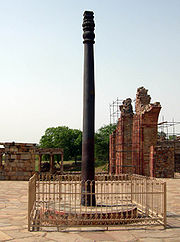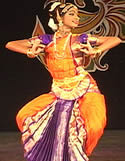INDIA... Different Faces
Diaspora is a word of Greek origin that means scattering or sowing of seeds. It is used to refer to people who leave their native lands to live in other parts of the world for employment, business or any other purpose.
Indian Diaspora is a generic term used for addressing people who have migrated from the territories that are currently within the borders of the Republic of India. It constitutes NRIs (Non-resident Indians) and PIOs (Persons of Indian origins). The Indian Diaspora is estimated to be over 30 million. The Government of India recognises the importance of Indian Diaspora as it has brought economic, financial, and global benefits to India.
Non-Resident Indians (NRIs)
Non-resident Indians are people of Indian origin who are born outside India or people of Indian origin who reside outside India. Persons posted in U.N. organisations and officials deputed abroad by Central/State Governments and Public Sector undertakings on temporary assignments also come under the umbrella of Non-Resident Indians.
As per FEMA (Foreign Exchange Management Act), the following categories of people can be termed as NRIs:
- Indian nationals who have migrated abroad for the purpose of employment, business or vocation for an uncertain period
- Foreign citizens of Indian origin resident outside India (Non-resident foreign citizens of Indian Origin are treated on par with non-resident Indian citizens (NRIs) for the purpose of certain facilities) NRIs are also addressed as 'overseas Indians' and 'expatriate Indians'. Source: National Portal Content Management Team, Reviewed on:14-03-2008
Some Key Facts About India |
|||
| 1 | Population |
: |
1.1 billion (2008 projected population) |
| 2 | Average life expectancy |
: |
64 years |
| 3 | Average per capita income |
: |
US$2,740 |
| 4 | Gross national income (GNI) |
: |
US$3,078 billion |
| 5 | Average annual growth rate |
: |
9% |
| 6 | Women dying in childbirth |
: |
450 per 100,000 live births(World Health Organisation, 2005) |
| 7 | Children dying before age 5 |
: |
74 per 1,000 live births (National Family Health Survey (NFHS), |
| 8 | Percentage of children receiving primary school education |
: |
86% (WDI, 2006) |
| 9 | Percentage of people aged 15-49 living with HIV/AIDS |
: |
0.3% (NFHS, 2005-06) |
| 10 | Percentage of people with access to safe, clean water |
: |
88% (NFHS, 2005-06) |
| 11 | Percentage of people not meeting daily food needs |
: |
27.5% |







